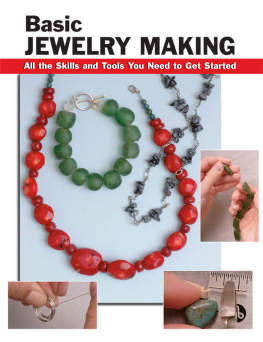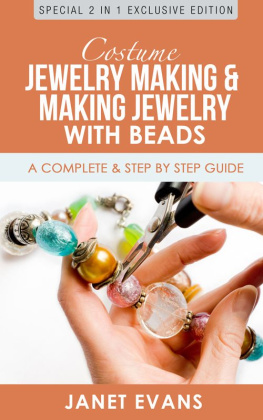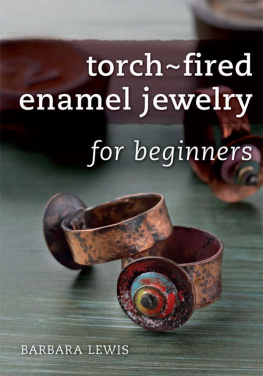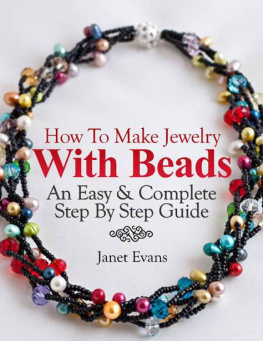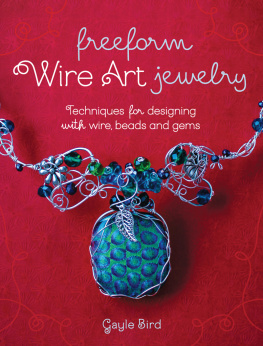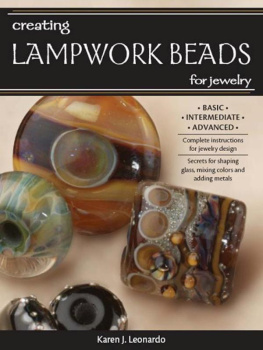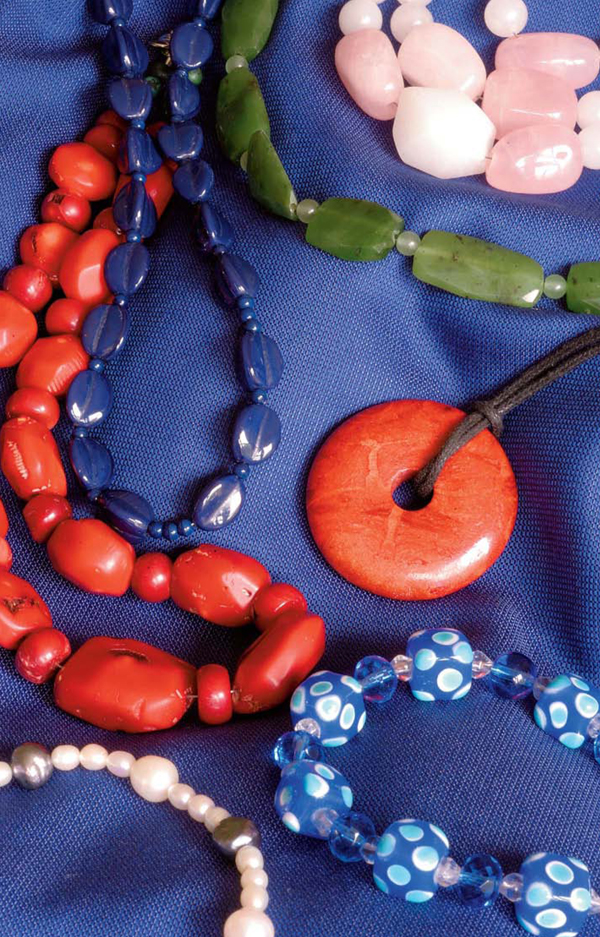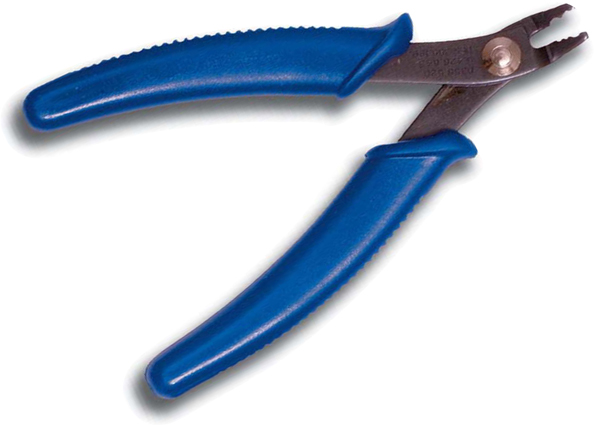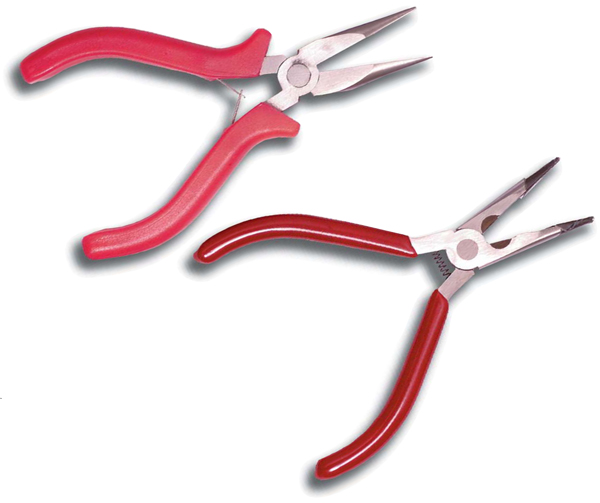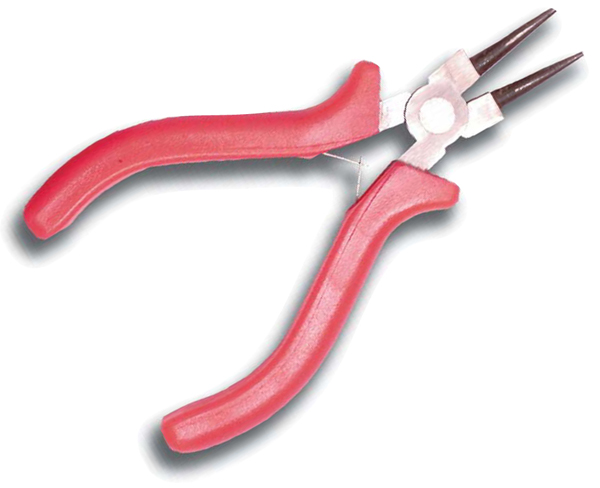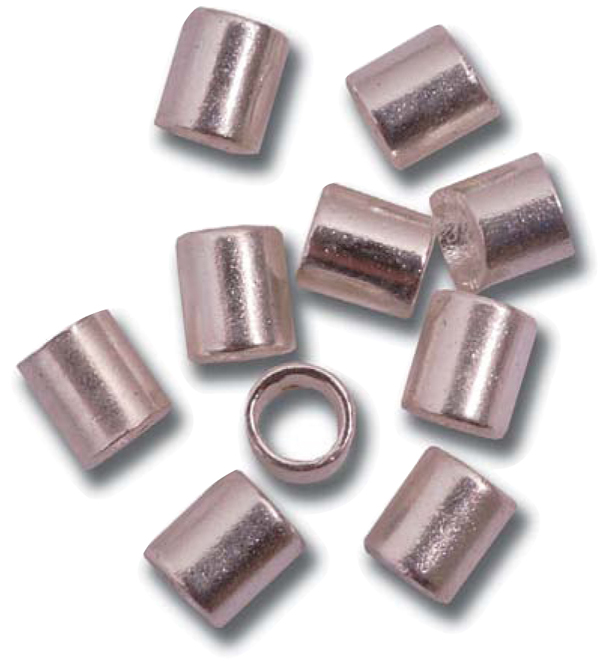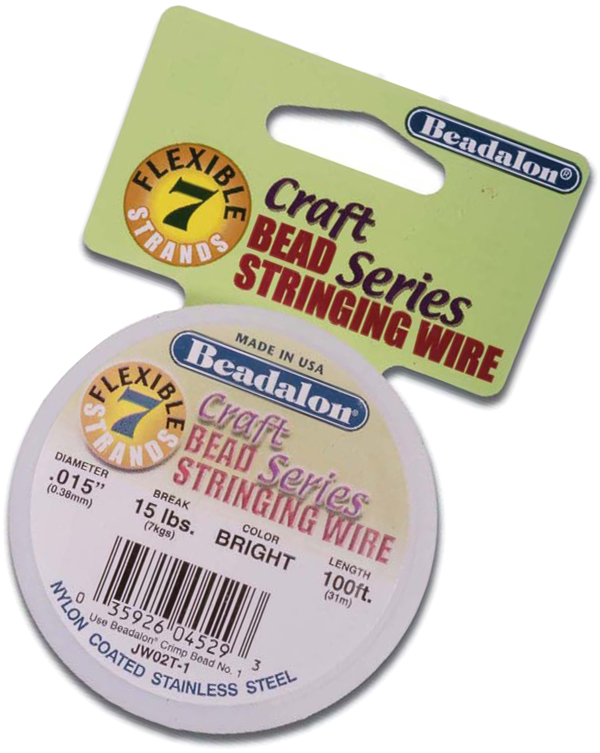
Copyright 2006 by Stackpole Books
Published by
STACKPOLE BOOKS
5067 Ritter Road
Mechanicsburg, PA 17055
www.stackpolebooks.com
All rights reserved, including the right to reproduce this book or portions thereof in any form or by any means, electronic or mechanical, including photocopying, recording, or by any information storage and retrieval system, without permission in writing from the publisher. All inquiries should be addressed to Stackpole Books, 5067 Ritter Road, Mechanicsburg, PA 17055.
Printed in China
10 9 8 7 6 5 4 3
First edition
Cover design by Tracy Patterson
Library of Congress Cataloging-in-Publication Data
Basic jewelry making : all the skills and tools you need to get started / Sandy Allison, editor ; Ted Walker, jeweler and consultant ; photographs by Alan Wycheck. 1st ed.
p. cm.
ISBN-13: 978-0-8117-3263-5
ISBN-10: 0-8117-3263-0
1. Jewelry making. I. Allison, Sandy.
TT212.B373 2006 745.594'2dc22
2005030391
eBook ISBN 978-0-8117-4540-6
Contents
Acknowledgments
T hanks to Ted Walker of Reections in Silver for sharing his expertise and opening up his studio. Thanks to Kris Shakely for sharing her designs and how-to information and to Maria Petrilak for demon strating jewelry-making techniques.
Thanks to Alan Wycheck for the in-studio and onlocation photography.
Thanks also to the Bead Works in Lancaster, Pennsylvania, and to Erin Mengel, Holly Patti, Marissa, and Katie.
Introduction
T he basic techniques for making beaded jewelry like the kind you see in shops and galleries are relatively few and easy to learn. This book illustrates and explains them all.
Once you become familiar with the materials, learn how to secure clasps and ttings, discover the ways to plan a pieces design, and master making loops and working with jump rings, youll be able to make beaded necklaces, bracelets, pendants, anklets, and earrings in all sorts of styles: fun, funky, simple, or chic.
Thousands upon thousands of different beads are available to the home crafter today. After youve learned the basics of making beaded jewelry, you can dive right in and use any of them to create one-of-akind pieces in exactly the styles and colors you want.
You can string beads on wire or cord or use them with headpins and metallic wire thats been bent and shaped to create even more designs. You can also use the wire by itself to create unique pieces. Learning a few bending techniques will allow you to shape wire into coils, loops, angles, and squares. And these same techniques can be used to shape sterling silver and 14-karatgold wire, opening the door to creating gallery-quality jewelry inexpensively, all without heating or soldering.
The book begins with the basics of working with beads and bead-stringing wire. It then illustrates and explains simple techniques for bending headpins and metallic wire to create designs that incorporate beads or stand on their own. The last part of the book shows you how to bend and forge silver and gold.
Once youve mastered the basics, the rest is up to you. Lets get started.
Discover more fresh Craft books, eBooks, and inspiration for your next project!
With detailed, step-by-step photos and clear instruction, Stackpoles craft titles show both beginning and experienced crafters exactly how-to!
Visit
Stackpole Books Crafts & Hobbies webpage
Working with Beads
L earning just a few techniques will get you started making beautiful jewelry. In this section, youll learn the basics of stringing beads on wire and cord and attaching clasps and ttings with flat and round crimps. Youll also learn how to plan and execute your designs and the secrets of opening and closing jump rings. Once youve mastered these skills, making all kinds of bracelets, necklaces, chokers, anklets, and pendants is simply a matter of putting the techniques together and choosing from the almost innite variety of beads and ttings available.
A great thing about making your own jewelry is that the tools and materials you need to get started are relatively inexpensive and easy to nd. Your local bead shop or craft center probably has everything you need. You can also buy tools and materials from catalogs and through a number of on-line retailers.
Tools and Materials
CRIMPING TOOL
Sometimes called crimp pliers, this specialty tool has two openings in its jaws: one to atten a crimp tube over lengths of wire, the other to bend the attened tube into a rounded shape. Two-part round crimps made with a crimping tool are neater than one-part at crimps made with pliers, although at crimps are easier to make, especially if you dont have much room to maneuver.
LONG-NOSE PLIERS This tool is handy for holding and manipulating tiny ttings, handling small beads, and bending wire. The tips are tapered and mostly rounded, but the gripping surfaces are at. Look for a pair with jaws that are completely smooth rather than grooved. Long-nose pliers with grooves (sometimes called needle nose pliers) will work too, but its a good idea to wrap pieces of duct tape around the tips to create a smooth surface. For a few techniques, such as opening and closing jump rings, youll need two pairs of long-nose pliers.
ROUND-NOSE PLIERS
This invaluable tool helps you bend headpins and wire into tiny loops and curves. Round-nose pliers have tapered, completely round tips with no grooves, which makes them less likely to mar the wire surface.
CUTTERS
You need these to cut wire and headpins. If you work with silver or gold as well, you should have two pairs of cutters; the stainless steel in bead-stringing wire and some headpins can roughen the tools jaws, so you should not use the same pair to trim silver or gold.
CRIMP TUBES
Metal crimp tubes t over lengths of bead-stringing wire and are attened and often rounded to hold the wire together securely. The tubes come in a variety of sizes, which reect different diameters. A good standard size is #2, which will work well for many projects; #1 crimp tubes are slightly larger, and #3 tubes are slightly smaller.
BEAD-STRINGING WIRE
Bead-stringing wire consists of stainless steel strands braided together for strength and coated with nylon to make stringing beads easier. This wire is the basis for all kinds of necklaces, bracelets, and anklets. Two thicknesses, .015 inch and thicker .018 inch, are used the most. Jewelry that has heavier beads and components or is longer usually requires the thicker wire.

